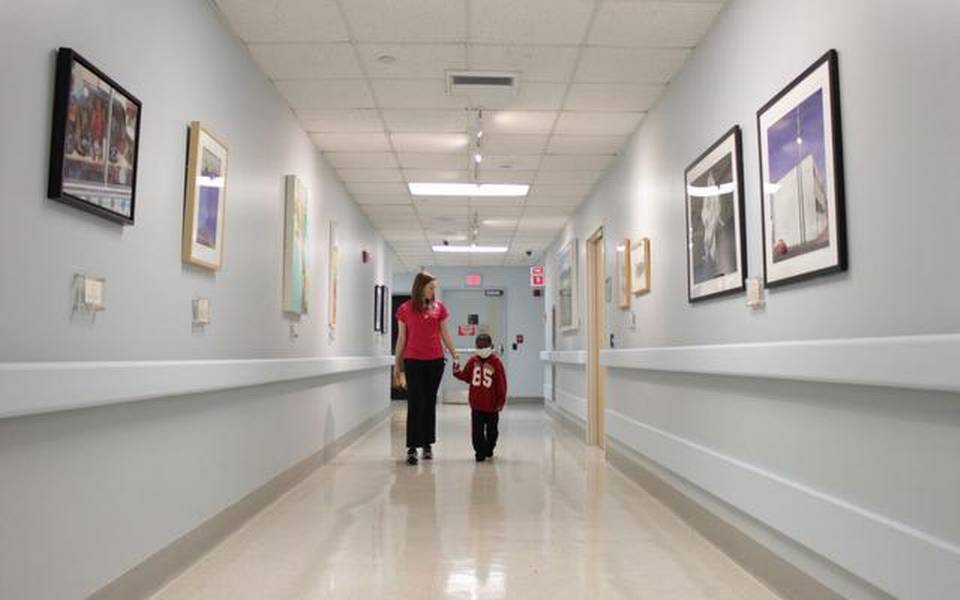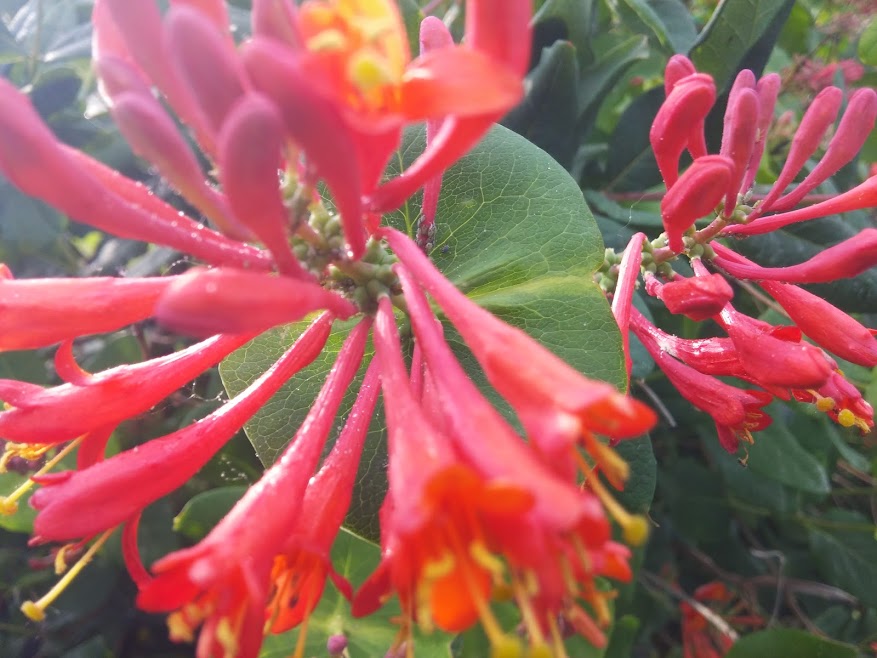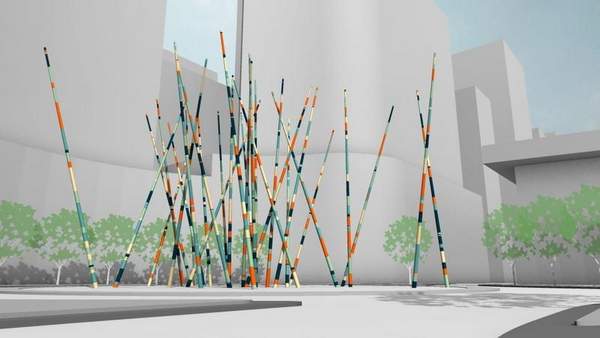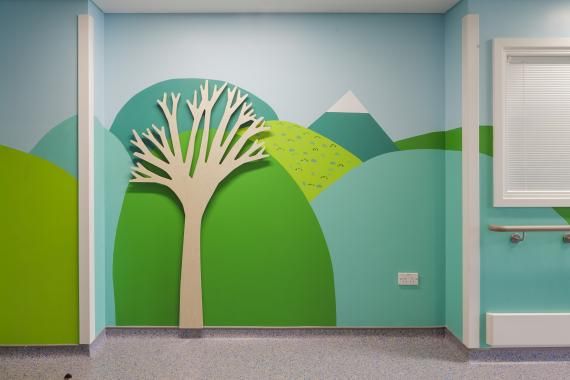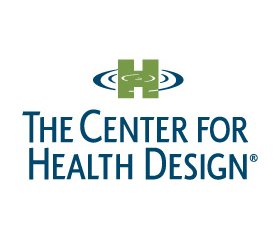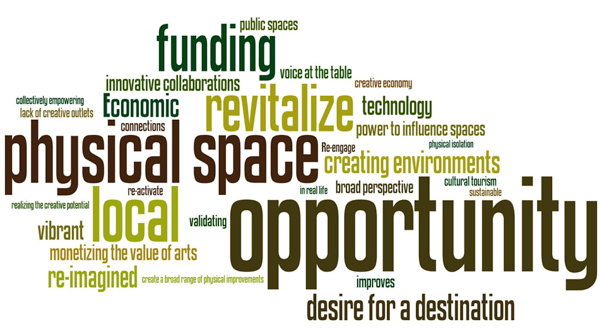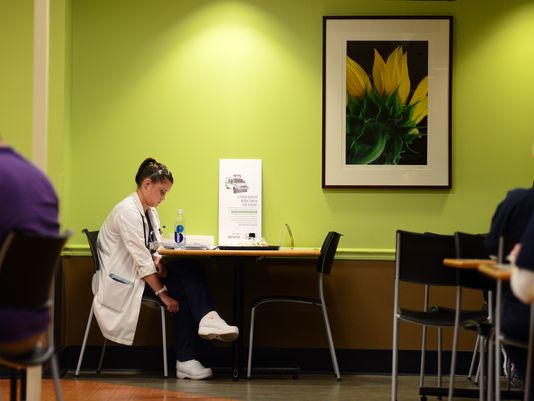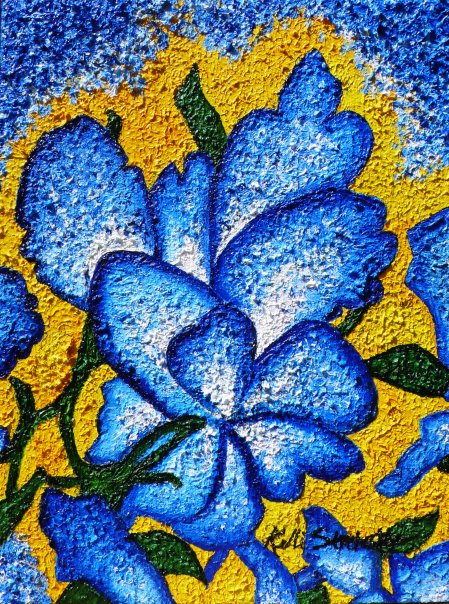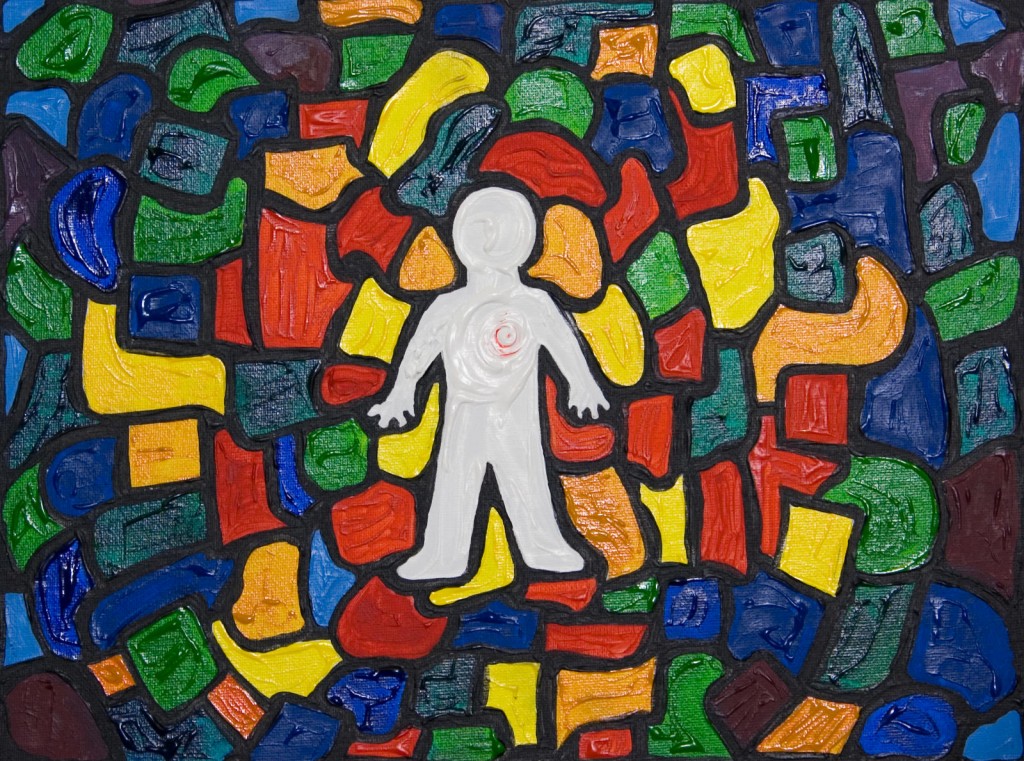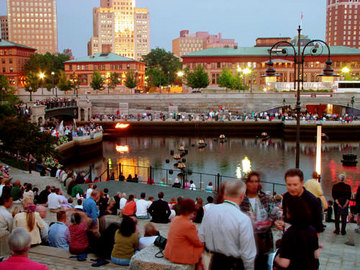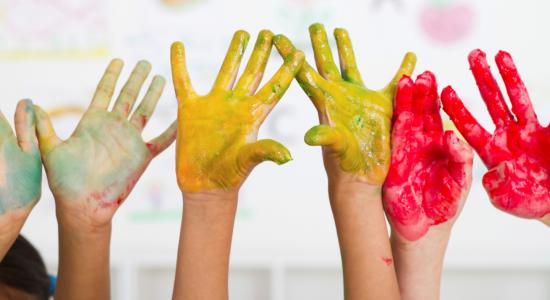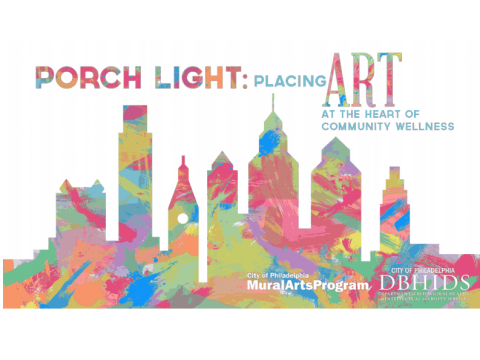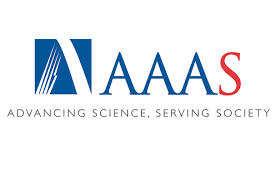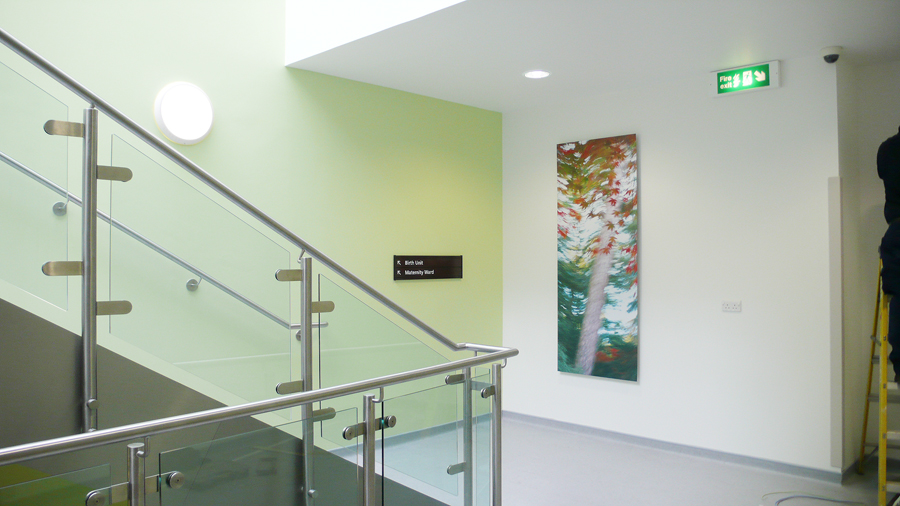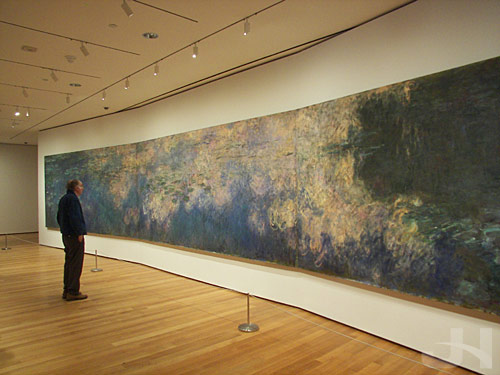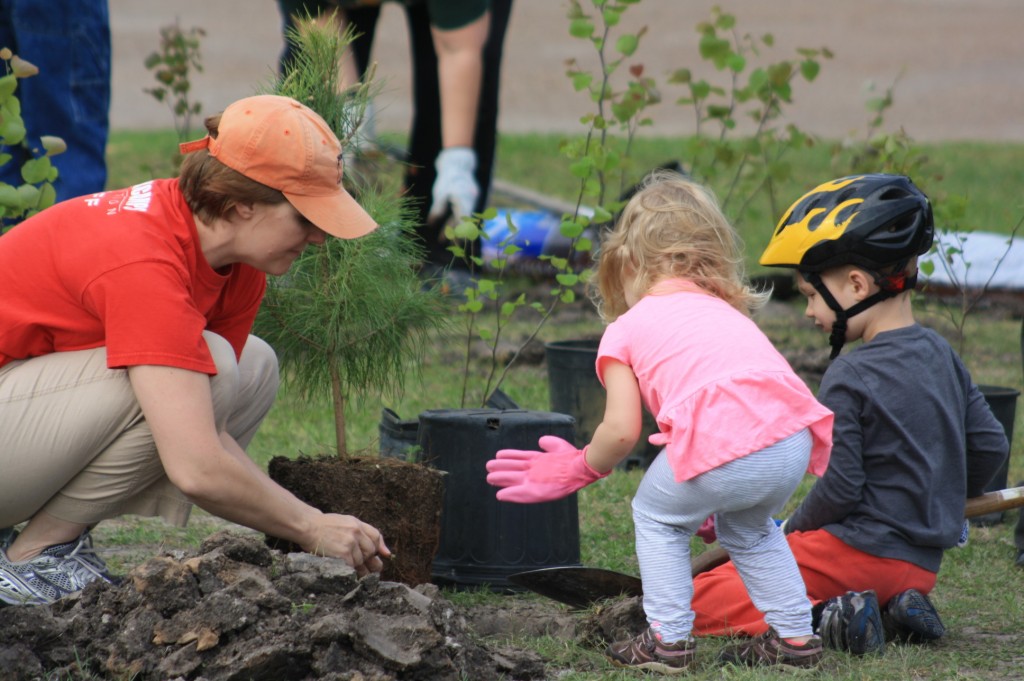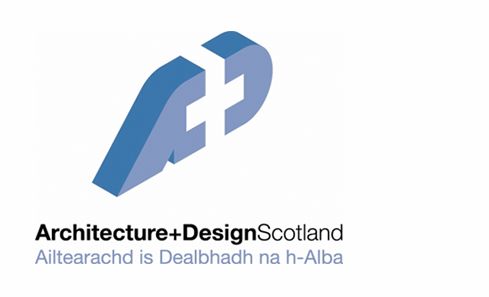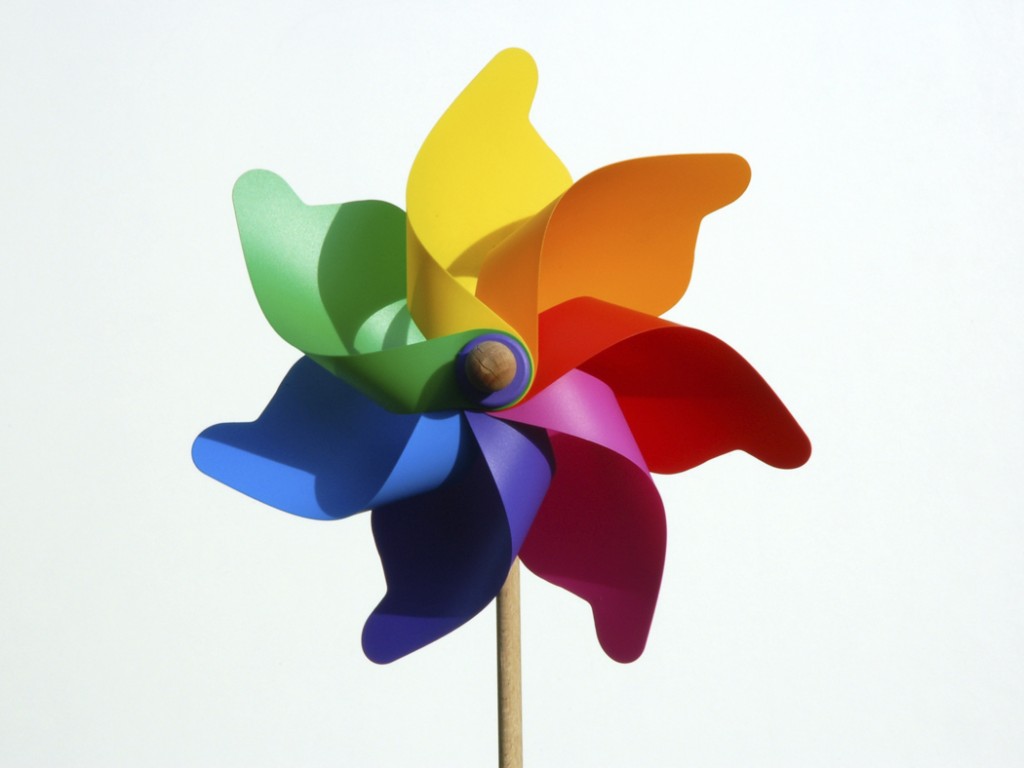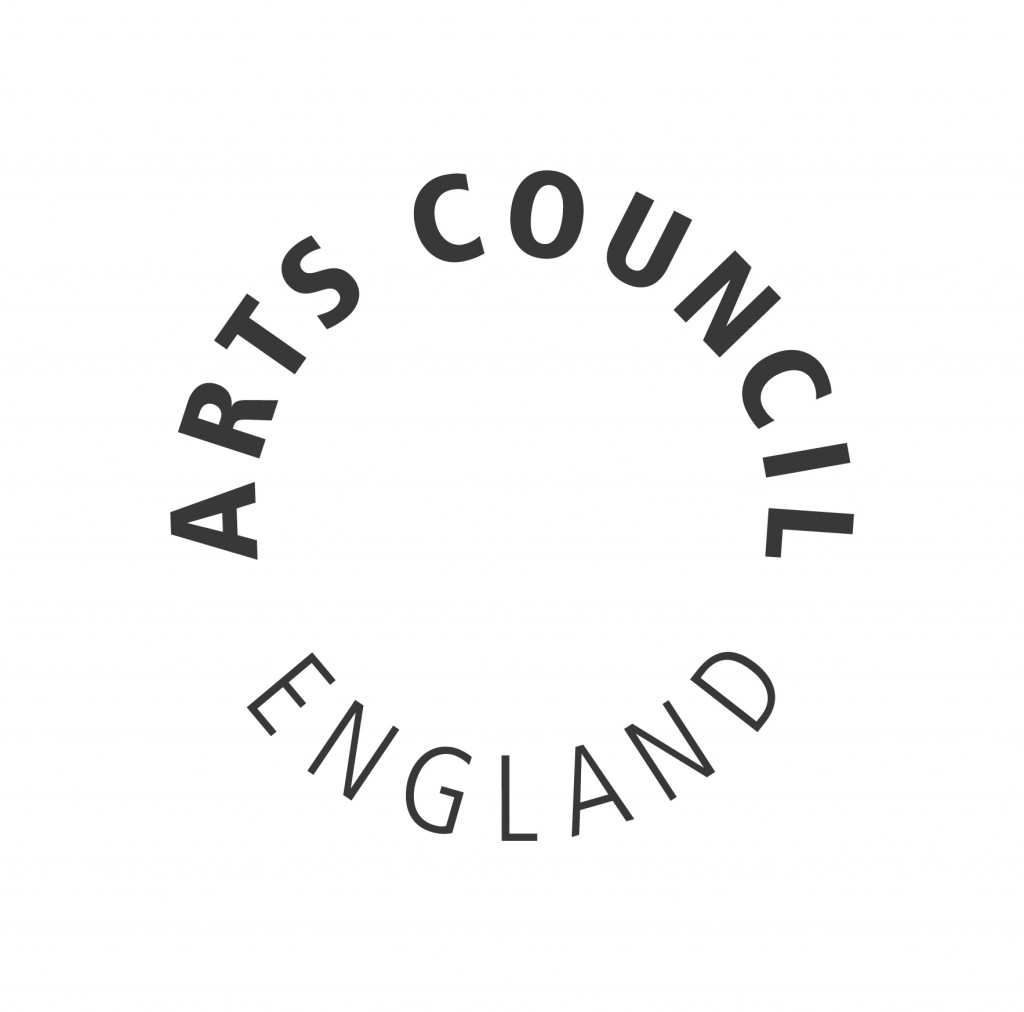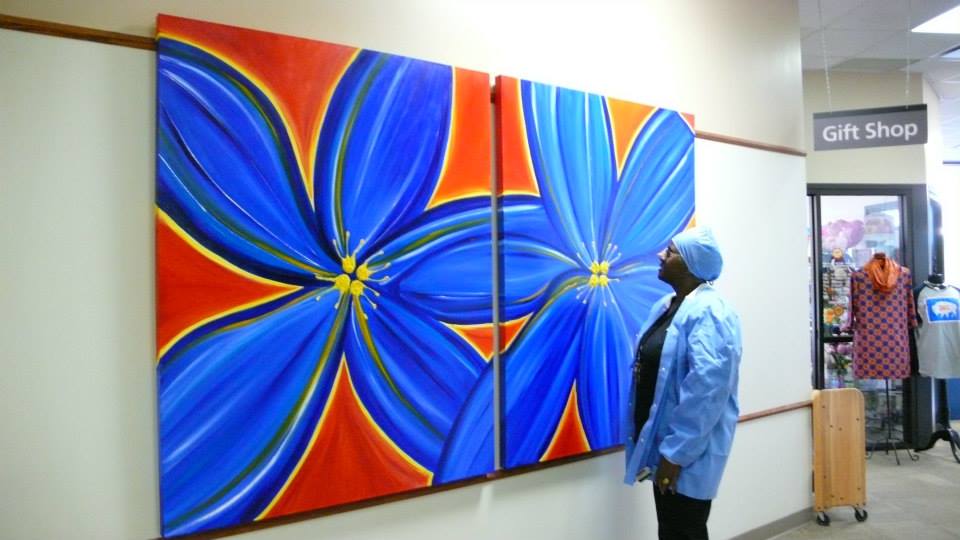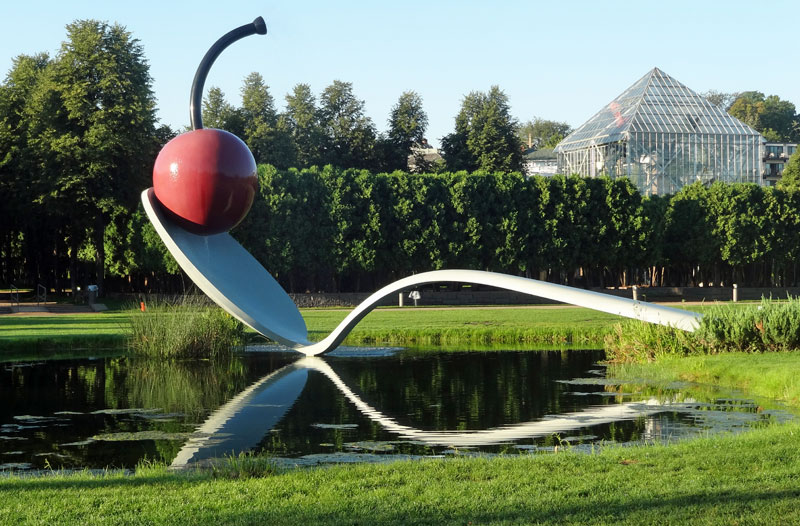
“Creative placemaking not only lifts up a neighborhood physically with murals and sculpture and investments in artist housing, galleries and theaters, it helps strengthen the local economy, as eye-catching storefronts, new cultural activities and intriguing installations bring in customers and attract new businesses. It increases a sense of community identity and local pride. It can make a neighborhood a more interesting, livable place.
But most importantly arts and culture are a powerful force that help shape a neighborhood’s narrative — telling the story of what kind of place it is, changing its reputation and its trajectory.”
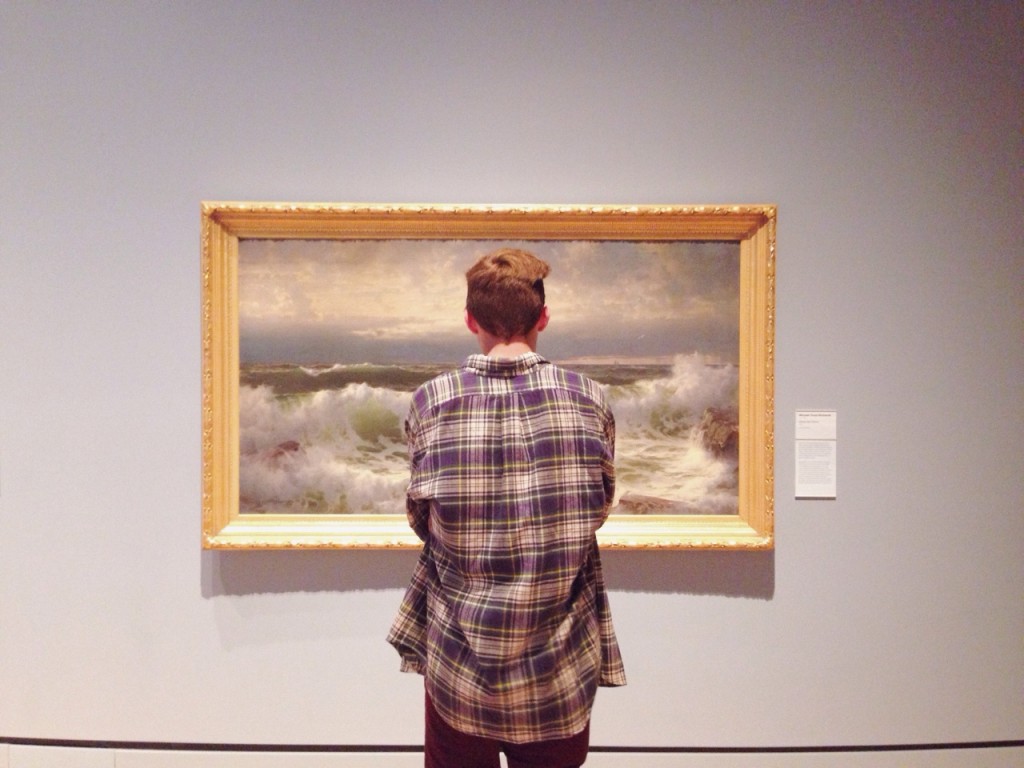
“After analyzing 15 studies that had people looking at art for different reasons, neuroscientist Oshin Vartanian explained in a Q&A that “areas of the brain involved in processing emotion and those that activate our pleasure and reward systems are also being engaged.” Essentially, parts of the brain that are associated with contemplation are automatically sparked when viewing art, even if they aren’t thinking about it critically.”
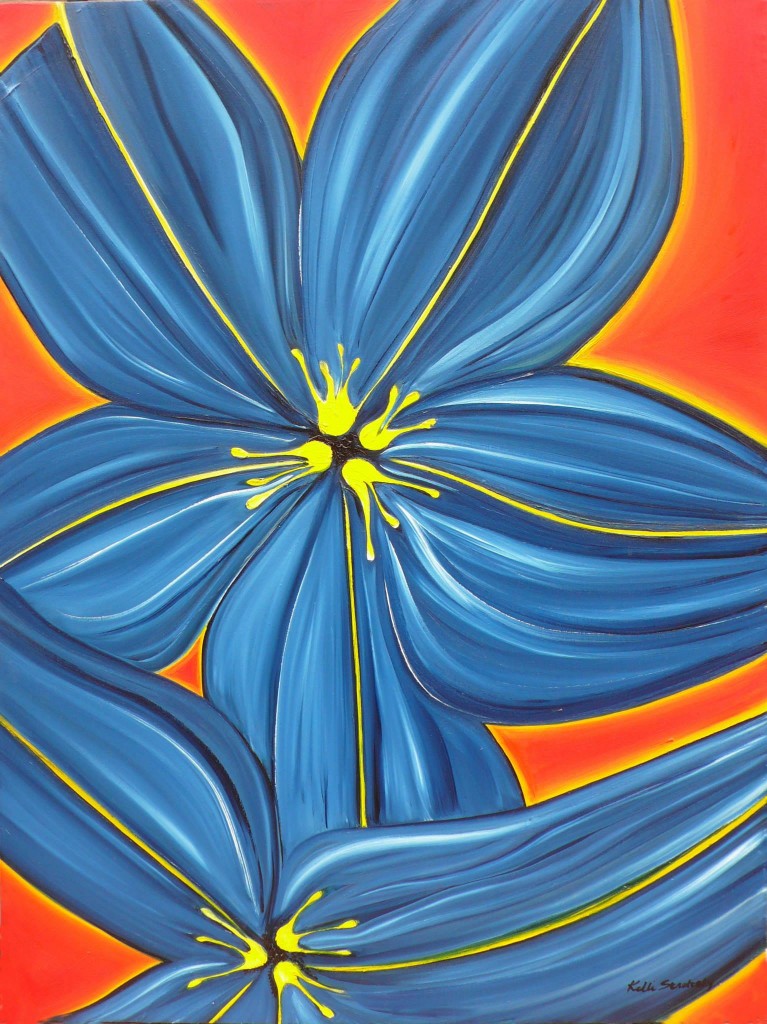
“Nanda, who has a doctorate in architecture with a specialization in health-care systems and design, says scientific studies show that art can aid in the recovery of patients, shorten hospital stays and help manage pain. But she says it has to be the right art — vivid paintings of landscapes, friendly faces and familiar objects can lower blood pressure and heart rate, while abstract pictures can have the opposite effect.”
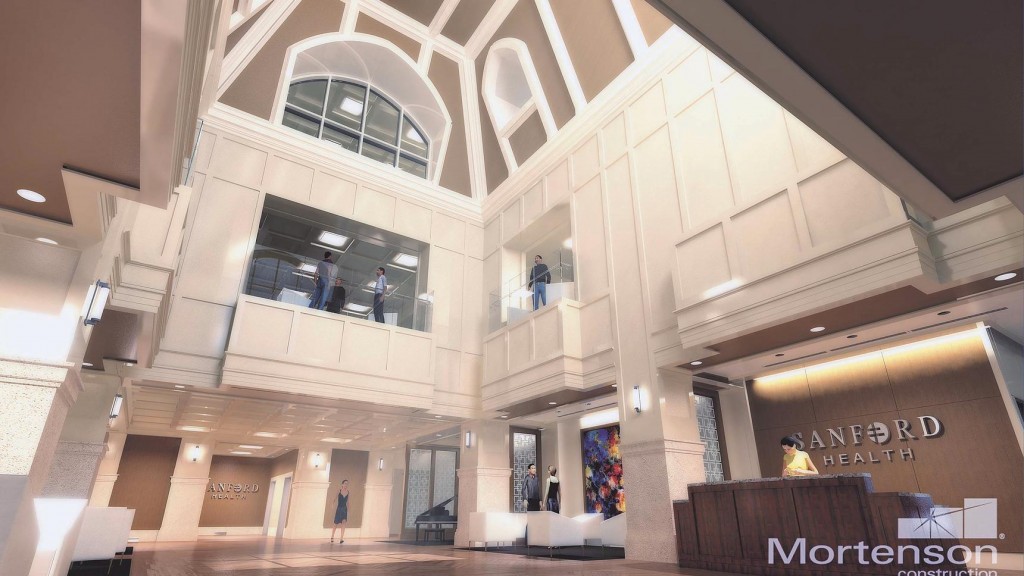
“Studies have demonstrated links between the physical environment and patient outcomes in several areas, according to research cited by the Center for Health Design:
Reducing staff stress and fatigue and increasing effectiveness in delivering care.
Improving patient safety.
Reducing stress and improving outcomes.
Improving overall health quality.”
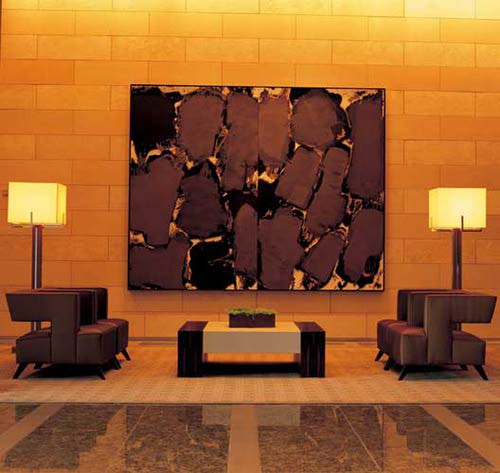
“Shining a spotlight on art and cultural relationships and business provides a better understanding between people of diverse nations. The quest for better communications through the arts help define businesses. By associating with the arts, businesses have discovered that their brands are enhanced and increase their reach and in the end their profitability.”
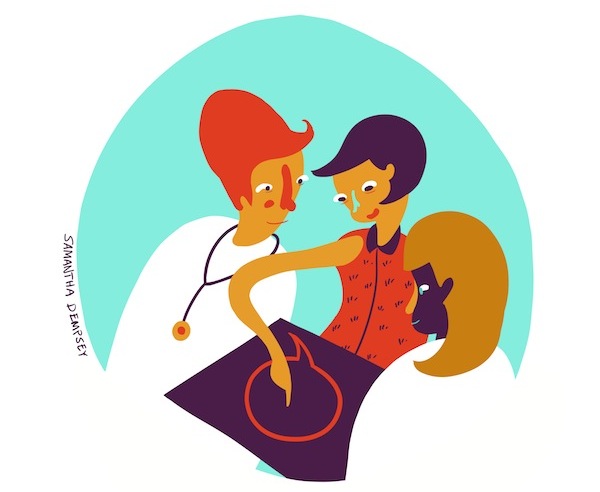
“Instead of simply treating the outcomes of bad habits, design allows us to create interactions that systematically motivate people to make sustainable changes in their own lives. We can design interventions that target not only the physical body, but also the mind, social situation, environment and internal motivation that drive behavior change.”
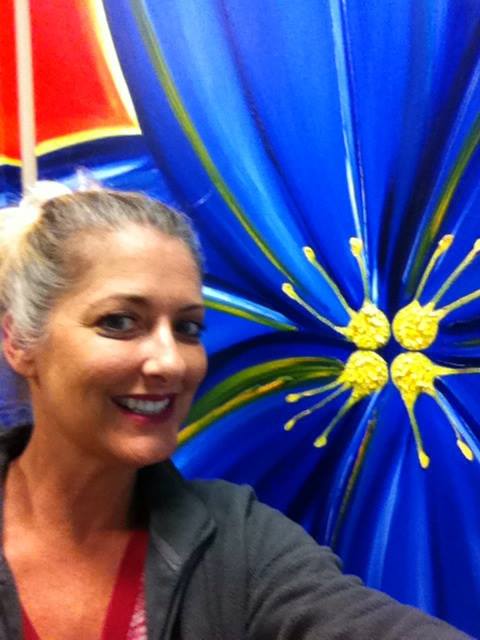
“Fundamentally, human nature revels in the creative side of life. Art chronicles the history of humans and some of the very finest individual accomplishments of the human race. Unlike museums of natural history, art museums document and enshrine human creativity. Without creativity, without innovation, there’s nothing new in our future.”
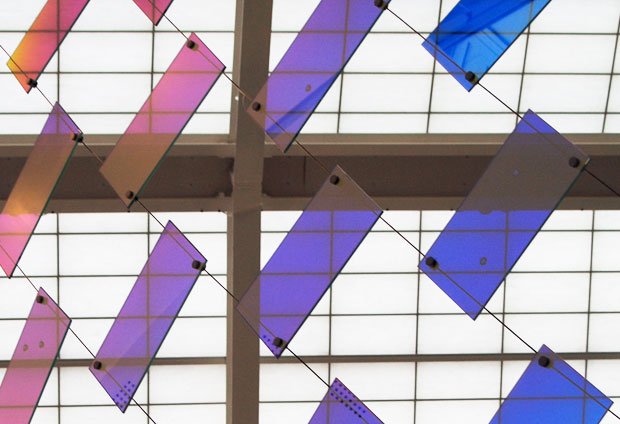
“This report features award winning new hospital architecture, hospital art and their impact on the health of patients.”
“Research has shown the thoughtful use of colours, lights, art, texture and performing arts in hospitals can aid a person’s recovery, and create a lasting impression to everyone who visits and works there.”
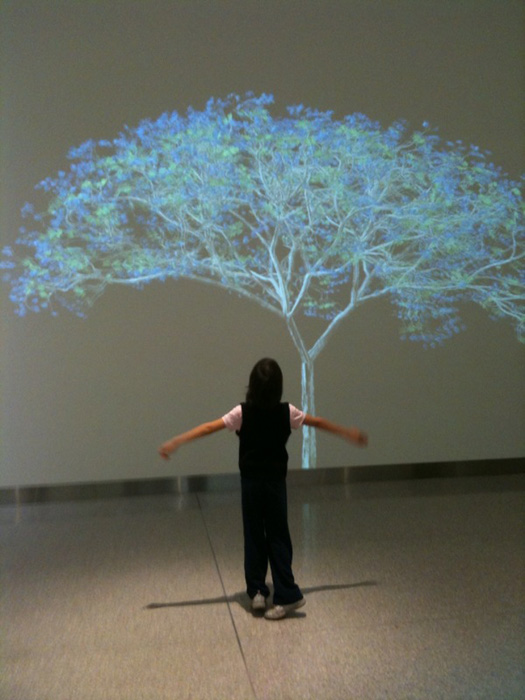
“While hospitals around the country are beginning to embrace the beauty of a restorative environment in the healing process, New York School of Interior Design (NYSID) is training interior designers to specialize in assisting healthcare facilities and hospitals to curate an environment designed for healing.”

“The role of art in healthcare settings goes back at least as far as the ancient Egyptians. Apparently aware of the fact that images of nature induce healing, they painted murals of nature, usually with blue ceilings to represent the sky and green floors to represent the earth, in their healing temples.”
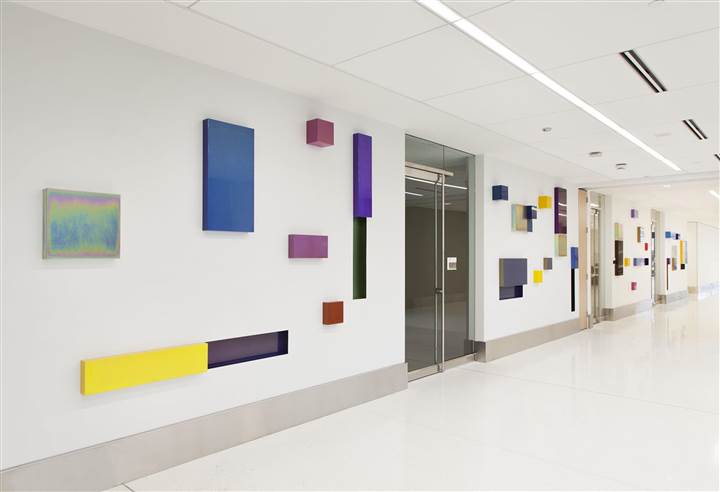
‘”If an art installation gets a patient out of his room or paintings take a person’s mind off their pain and lower their stress levels, the art isn’t just decorative anymore. It’s part of the entire model of care,” said Harris, who oversees a $1.5 million art program, funded entirely by philanthropic donors, that launched last December.’
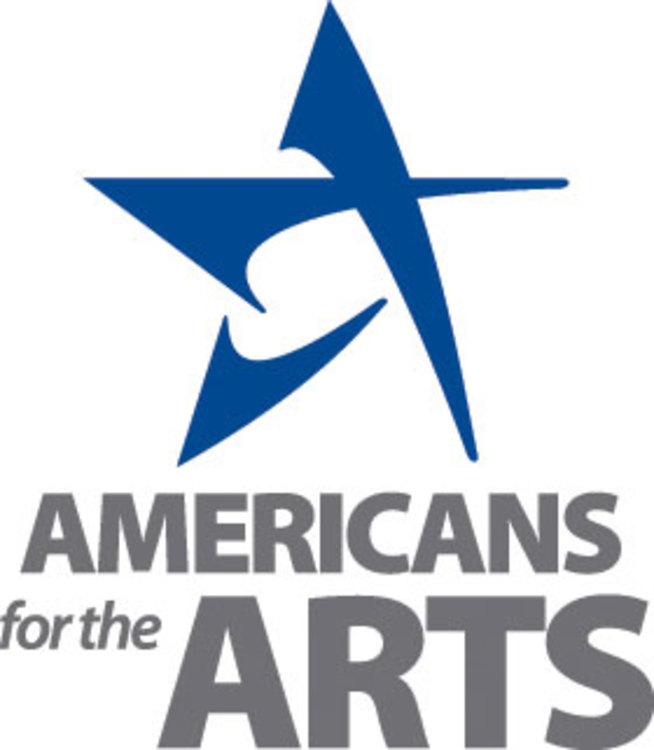
“The arts are essential to the health and vitality of our communities and our nation. They improve the quality of life in our cities and town. They enhance community development; spur urban renewal; attract new businesses; draw tourism dollars; and create an environment that attracts skilled, educated workers and builds your third millennium workforce.”

“Researchers conducted two experiments designed to measure the affect positive emotions, such as amusement, awe, compassion, contentment, joy, love, and pride, have on the cytokine Interleukin-6 (IL-6), a marker for inflammation.”
‘”That awe, wonder, and beauty promote healthier levels of cytokines suggests that the things we do to experience these emotions — a walk in nature, losing oneself in music, beholding art — has a direct influence upon health and life expectancy,” Dacher Keltner, co-author of the study and psychologist at the University of California-Berkeley, said in a press release.’

‘”That awe, wonder and beauty promote healthier levels of cytokines suggests that the things we do to experience these emotions — a walk in nature, losing oneself in music, beholding art — has a direct influence upon health and life expectancy,” said UC Berkeley psychologist Dacher Keltner, a co-author of the study.’
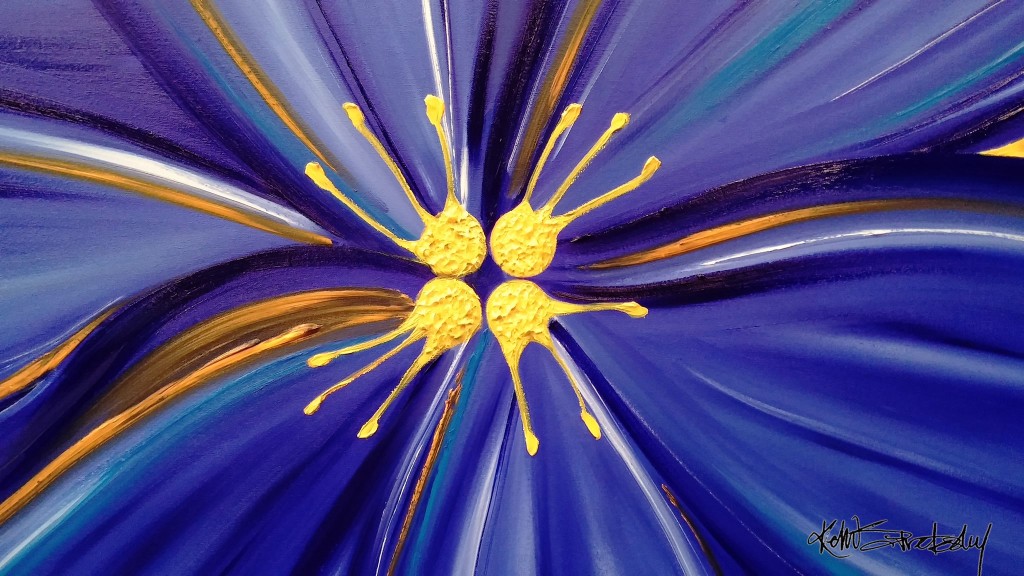
“Hospitals are turning to art as part of a broader push to create a healing environment as studies show that visual art can help reduce stress for patients and increase satisfaction with care. Dr. Iva Fattorini and Jennifer Finkel, who are both involved with art at the Cleveland Clinic, discuss on Lunch Break with Tanya Rivero.”
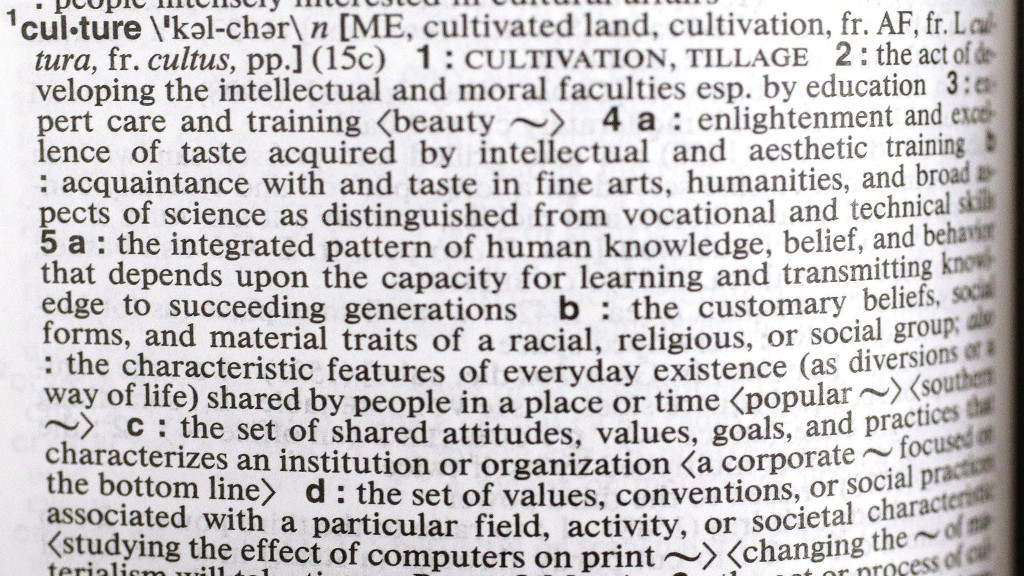
“The culture of a community significantly shapes debate and action that lead to development. Local culture also presents unique options for locally based economic, social, and other developments. Local understandings and interpretations of a community’s history reflect past events that feed into and are partially driven by the demands, sentiments, and interests of those in the present. This makes it crucial for community development practitioners to consider the cultural importance of efforts to improve local well-being.”
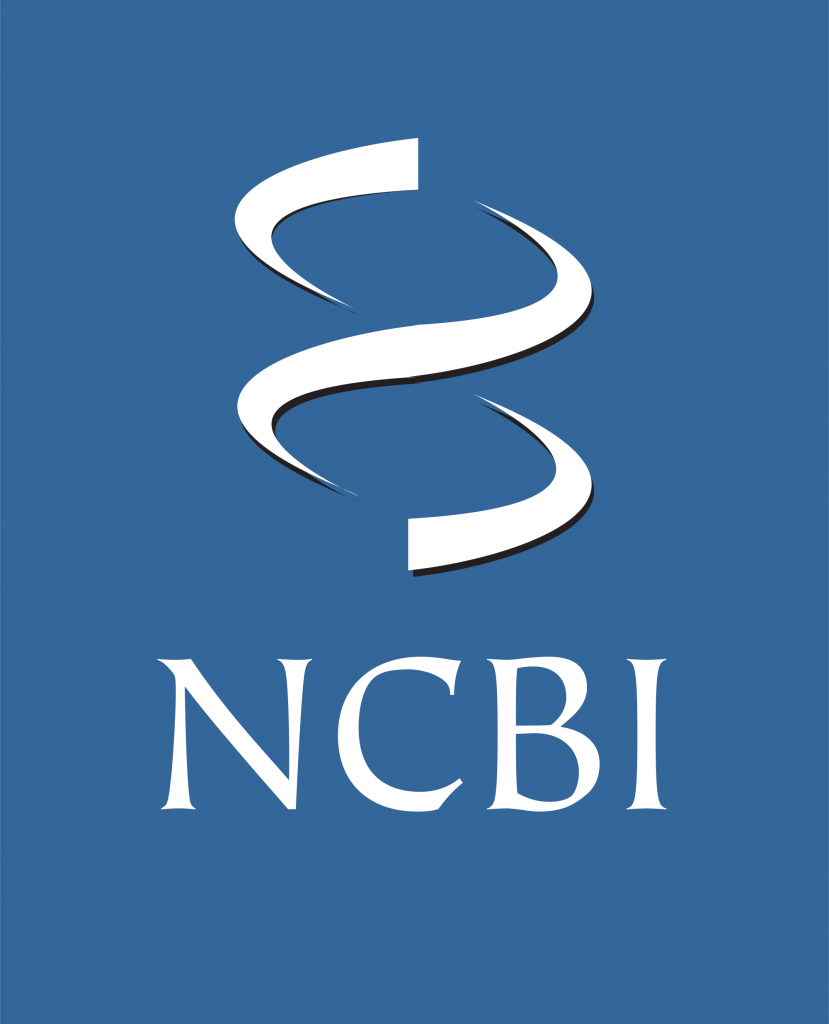
“The experience of art in whatever form has long been characterized as pleasurable both to the senses and to the intellect (Dutton, 2009).
These findings are consistent with our hypothesis, leading us to propose that the appeal of visual art involves activation of reward circuitry based on artistic status alone and independently of its hedonic value.”
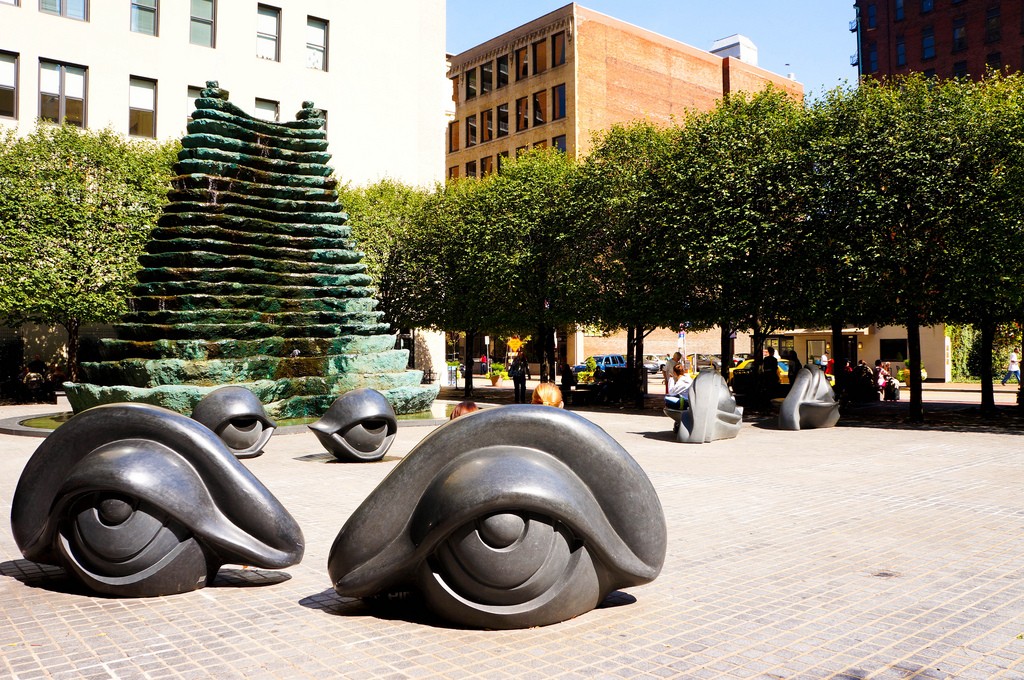
‘Art is not just for artists or relegated to galleries and museums. As Dr. Chu shared during her visit, “Nobody helps make a community distinctive and vital more than the arts – the new paradigm is arts and community vitality are so critical to one another – the arts are there for everyone, they are a part of our everyday lives.”‘
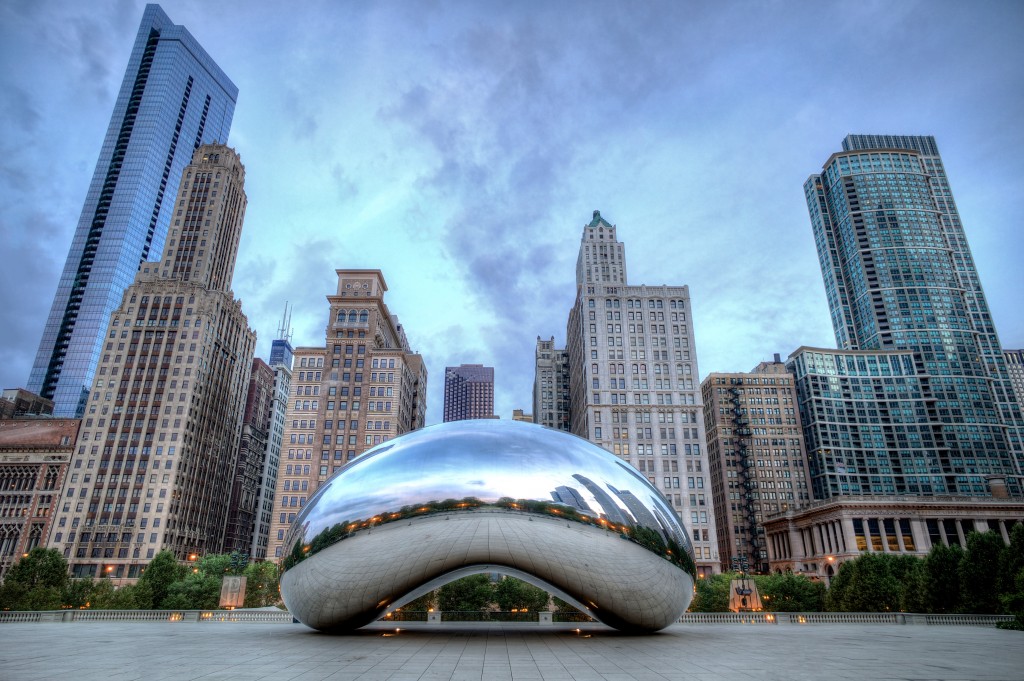
“Placemaking is the art of developing a public space that attracts people. In the process, it almost always pays economic dividends back to the community.”
“Places that incorporate local heritage and artists attract more tourists, and residents feel a stronger connection to such places. The Arts and Economic Prosperity III report from Americans for the Arts states that annual support in the arts generates a 7:1 return.”
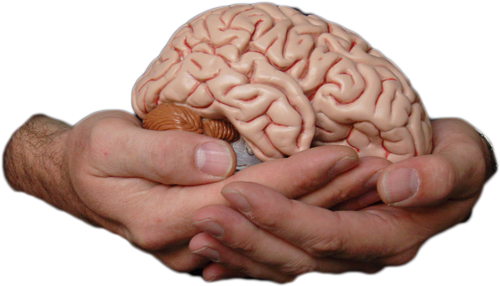
“We put people in a scanner and showed them a series of paintings every ten seconds. We then measured the change in blood flow in one part of the brain.”
“The reaction was immediate. What we found was the increase in blood flow was in proportion to how much the painting was liked.”
“The blood flow increased for a beautiful painting just as it increases when you look at somebody you love. It tells us art induces a feel good sensation direct to the brain.”

“And the more recent research of Semir Zeki (link is external), University of London, connects the mere viewing of art with an increase in dopamine and activity in the brain’s frontal cortex, resulting in feelings of pleasure that are similar to being the throws of romantic love. What’s more, positive sensations are almost immediate when viewing an enjoyable or stirring work of art.”
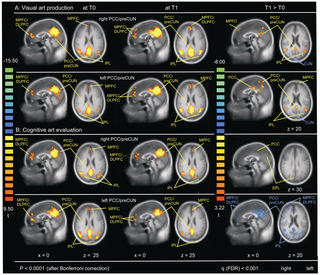
“Recent research on visual art has focused on its psychological and physiological effects, mostly in clinical populations. It has shown that visual art interventions have stabilizing effects on the individual by reducing distress, increasing self-reflection and self-awareness, altering behaviour and thinking patterns, and also by normalizing heart rate, blood pressure, or even cortisol levels.”
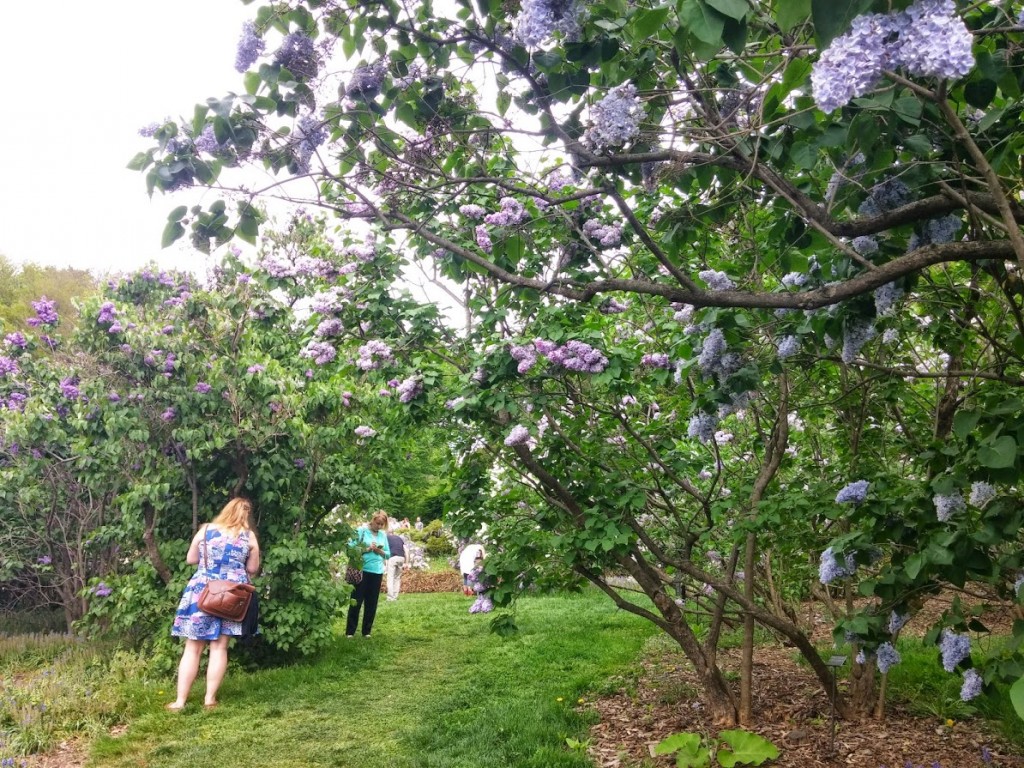
“Increase connection to nature. A number of studies have presented strong evidence that even 3 to 5 minutes of contact with nature can significantly decrease stress, reduce anger and fear, and increase pleasant feelings.8-11 This calming effect can be achieved by providing views to the outside, interior gardens or aquariums, or artwork with a nature theme.”
